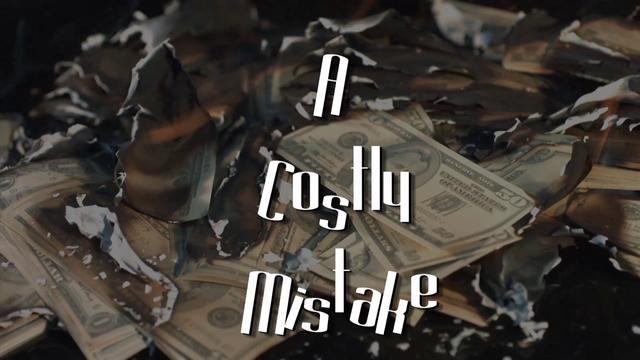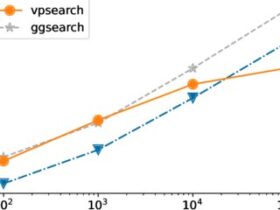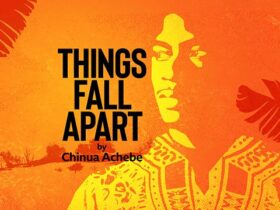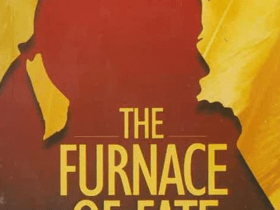Last Updated 3 years
Got a Questions?
Find us on Socials or Contact us and we’ll get back to you as soon as possible.
You Might Also Enjoy
G.O. Onyekaọnwu has written five Igbo plays. Eriri Mara Ngwugwu is his third play published in 1985. Awọrọ is the major character in the drama.
Psycho-analytical analysis in Arrow of God is what we will be discussing today. Already in the previous post here, we analyzed the psychoanalytical analysis in Things Fall Apart by Achebe. For the benefit of those who didn’t read the previous post we start this analysis by introducing the concept of psychoanalytical criticism.
In this post, I assume you already got your hand on the novel, Furnace of Fate and hopefuully looking for code mixing and code switching apparent in the novel. Relax! Take a chill pill for you are in the right page.
What is attestation letter. Letter of Attestation of Good Character pdf. How to write an attestation letter, Navy. Sample Letter of Attestation of Good Character for Nigeria Airforce, NAF. Attestation letter sample. How to attest for someone











Leave a Reply